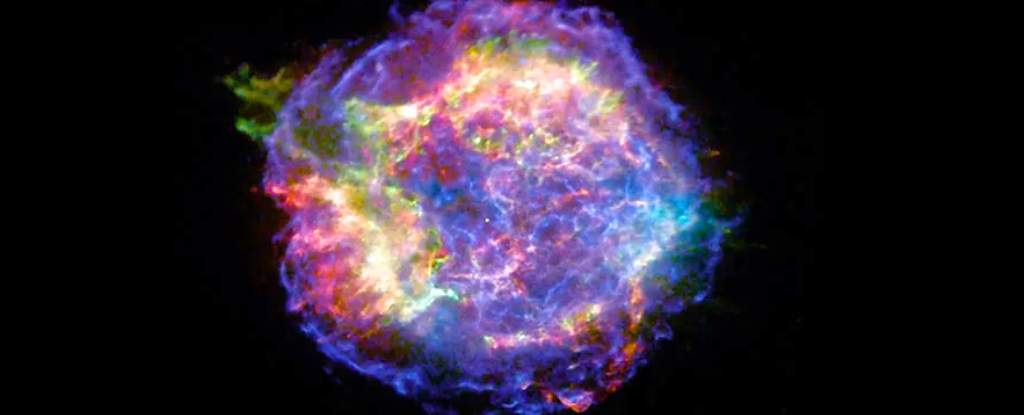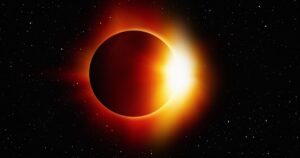
Richard Feynman, the renowned theoretical physicist and Nobel laureate, once remarked that if he could pass on a single piece of scientific knowledge to future generations, it would be the understanding that all things are composed of atoms. This profound insight underscores the fundamental importance of grasping how atoms came into existence, as they constitute everything with mass in the universe.
The question of the origin of atoms is deeply rooted in physics and remains a subject of intense study. Even today, physicists like Stephen L. Levy, an Associate Professor of Physics and Applied Physics and Astronomy at Binghamton University, acknowledge that our understanding is based on well-informed hypotheses.
Understanding Atoms: The Building Blocks of Matter
An atom is a complex structure consisting of a dense nucleus made of protons and neutrons, surrounded by lighter electrons that orbit the nucleus. Each electron carries a negative charge, while protons have a positive charge, and neutrons are neutral. The balance of protons and electrons results in an atom with no overall charge.
Hydrogen and helium are the two simplest and most abundant atoms in the universe. Hydrogen consists of one proton, no neutrons, and one electron, while helium has two protons, two neutrons, and two electrons. On Earth, elements like carbon and oxygen are also prevalent, each defined by the number of protons in their atoms.
The Birth of Atoms: A Journey Back in Time
The formation of most hydrogen and helium atoms dates back to approximately 400,000 years after the Big Bang, which occurred around 14 billion years ago. This period, known as “recombination,” marked the universe’s cooling to about 5,000 degrees Fahrenheit (2,760 degrees Celsius), allowing electrons to settle into orbits around nuclei.
Before recombination, the universe was much hotter and denser, preventing electrons from stabilizing around nuclei. The term “recombination” is somewhat misleading, as it was the first time these atoms formed. This process was crucial in shaping the universe as we know it today.
Scientists estimate that about 90% of ordinary matter in the universe is composed of hydrogen atoms, with helium making up approximately 8%.
Forging Heavier Elements: The Role of Stars
While hydrogen and helium emerged during recombination, the creation of heavier elements required different conditions. These elements are forged in the fiery hearts of stars through nuclear fusion, a process that combines protons and neutrons under extreme temperatures and pressures.
The energy needed for fusion must overcome the repulsive forces between positively charged protons. Once close enough, the strong nuclear force binds protons and neutrons together, forming heavier nuclei. Stars more massive than our Sun can reach temperatures exceeding 1 billion degrees Fahrenheit (556 million degrees Celsius), enabling the fusion of elements from carbon to iron.
However, elements heavier than iron require even more energy to form. These are typically produced during supernovae, the explosive deaths of massive stars. In such cataclysmic events, the core of a star collapses, triggering a powerful explosion that creates and disperses heavier elements throughout the cosmos.
Colliding neutron stars, another cosmic phenomenon, can also generate immense energy, leading to the formation of elements like gold.
Beyond Atoms: The Mystery of Dark Matter
While the formation of atoms is a cornerstone of our understanding of the universe, it is not the entire story. Dark matter, a mysterious substance that does not consist of ordinary atoms, remains an enigma. Scientists are actively investigating its nature and how it might form, which could unlock further secrets of the universe.
Understanding the birth and evolution of atoms requires a blend of general relativity and nuclear, particle, and atomic physics. It is a testament to the complexity and wonder of the cosmos, a journey that continues to captivate scientists and enthusiasts alike.
This article is republished from The Conversation under a Creative Commons license. Read the original article.





